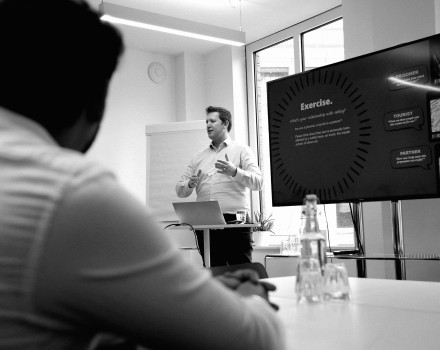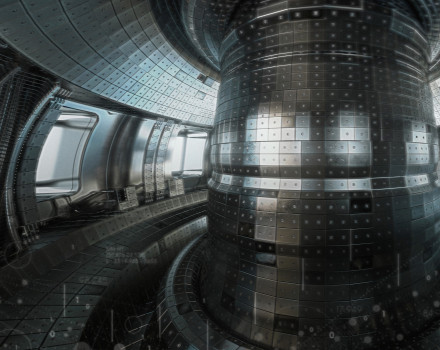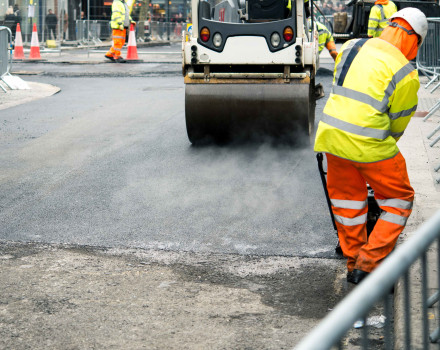What is CarboniCa?
CarboniCa is Morgan Sindall Group’s in-house Whole Life Carbon Assessment Tool. It not only measures the carbon associated with our designs but aims to reduce it. It’s third party validated by the RICS professional statement for Whole Life Carbon Assessments, which is mandatory for all RICS members. It’s also BREEAM IMPACT compliant. This means it’s able to be used to conduct whole life carbon assessments that are industry recognised and can be used from the concept design stage right up until project completion.
What are the benefits of using CarboniCa?
By recognising the sustainable design solutions on a project, CarboniCa enables these to be built into the design, helping our clients optimise their carbon reduction opportunities. The comparison report we provide them with details the positive changes made and the outcomes in an easy to understand graphic format so they can view the carbon savings made. Alongside environmental benefits, these savings bring long-term value to a building through decreased running costs and improving the health of those working and living in them. Long-term, this makes it a wise investment for any company.
Using CarboniCa doesn’t just benefit a singular designated project either. It can influence future decision making through lessons learnt and gives our clients a better understanding of where they stand in terms of internal business objectives and wider governmental or UN carbon reduction targets. This helps enable them to identify where improvements need to be made and act upon them to reach these goals.
Looking wider, net zero solutions not only help in the battle against global warming, there’s a strong socioeconomic benefit through lower energy costs, improved energy security, job creation and enhanced health and wellbeing. By investing in sustainable infrastructure, we can provide benefits that will prioritise the needs of our society and environment simultaneously, securing a better future for us all.
Can you give some examples of projects CarboniCa has benefitted?
We’ve used CarboniCa on projects in a variety of sectors, including aviation, defence, infrastructure, power and the public sector. For example, recently we used it to make design decisions such as replacing an external ramp with access stairs, replacing concrete with GGBS mix and substituting steel parts for high recycled content steel. In this specific instance we were also able to identify that using improvement geopolymers and light weight fibre reinforced polymer decking would provide further carbon savings. This all added up to 34 tonnes of embodied carbon we were able to save.
We’ve also used it in projects we’ve joined at a later stage and still been able to identify huge improvements in carbon savings. For example, in an office fit out scheme we were able to use CarboniCa to evidence improvement strategies and recommend more sustainable material choices for future projects. By using the tool we identified that by locally sourcing materials, challenging the duty rating for floor finishes, using recycled based boards and swapping aluminium components for mill finish aluminium, the client could save approximately 79 tonnes of embodied carbon.
Are tools such as this gaining traction across the industry?
There’s definitely an ever increasing appetite for carbon measurement tools. With government targets and legislative goals to meet, the benefit of being able to understand where your organisation stands seems to be gaining traction. There are a vast array of different tools on offer now as well, however, what sets CarboniCa apart is its carbon reduction capability. It not only measures where an organisation is at, it helps pinpoint how they can improve and the lower carbon solutions that will work for them. For those serious about meeting their net zero ambitions this is invaluable.
How do you see the future of sustainability in engineering and how CarboniCa might evolve?
We’re currently at a pivotal point, how we behave now will influence the future of our planet. As engineers we have a duty to protect it and designing our infrastructure in a sustainable manner is essential. Currently we’ve only just scratched the surface of sustainable engineering, there’s so many more potential benefits we can bring to projects and this needs to be adopted on a wide basis to help make a real difference. With innovative design practices, the evolvement of tools such as CarboniCa, and collaboration across industries then this will only accelerate.







